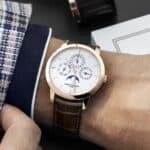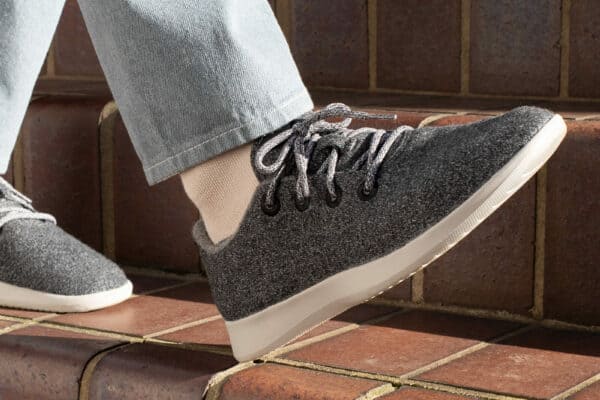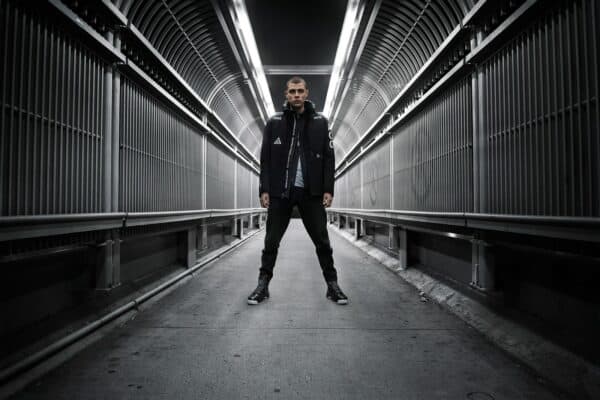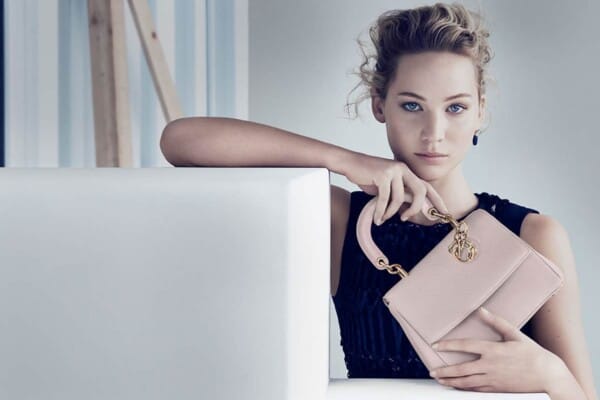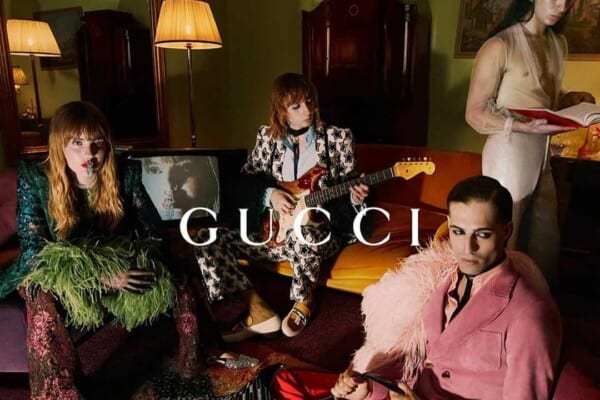
As the years go by and the world is changing, so do certain expectations when it comes to proper attire in the business world. For many decades men were required to wear suits and ties whenever they were conducting any type of business. That was their only acceptable “Uniform”.
If there is one thing these last months have taught all of us, is that whatever we thought was a priority in our lives no longer matters as much. The business world is changing as well, and this is a good time as any to adapt and bend the rules a little.
So, what exactly defines Business Casual for Men?

Business casual is a style of dressing that is not as formal as the traditional suit and tie attire, but nonetheless it’s still professional enough to be suited for the business world. Losing the tie doesn’t mean it is acceptable to wear the stylish skinny jeans with holes, wrinkled shirts and sneakers… That is taking ‘Casual Fridays’ to a different level altogether!
Although not as stiff as the classic suit and not as fancy as cocktail attire, you still want to be taken seriously when you walk into a meeting. A casual yet tailored blazer, a decent shirt or turtleneck and a good pair of casual pants (you can find very reasonable ones at Zara for example) and a nice pair of shoes or Chelsea boots are all examples of acceptable items.
Casual does not mean fashionable per se, unless of course you work in the fashion industry.
Business Casual Dress Code History

Now, let’s delve into a little background of the origins of the Business Casual Dress Code. Apparently the concept of ‘Casual Fridays’ originated in the 1960s in Hawaii. The Hawaiian shirts and Dockers were becoming the acceptable office wear on Fridays, because suits were starting to feel boring and stuffy to be worn 5 days a week. And with time, the more lax attire became more and more ‘the norm’ the rest of the week as well.
Take for example Steve Jobs, with his uniform of clean slacks and the famous black turtlenecks. Most offices would probably still frown upon you showing up for work in similar attire. The people at the top of the hierarchy of the company dictate what is acceptable in your particular workplace, and most will let you know upon hiring the dress code you are supposed to go by.
When in doubt, you can always ask your immediate higher up, and if you’re an independent consultant, it’s always better to be a little overdressed than underdressed.
Business Casual Dos and Don’ts

Unless you’re the owner of your company and can make up your own rules, do not EVER show up in sweats and hoodies! You can opt for simple but well made blazers made of good quality materials, but not a fancy or bejeweled one you would wear on a night on the town.
Wear a casual cotton or linen shirt that can be opened at the neck, but don’t opt for a t-shirt. A nice thin sweater or cardigan is also acceptable, as long as the material is of good quality. Nothing bulky or heavy looking, and .expensive does not necessarily equate with class, so choose wisely.
Monochromatic colors are always easier to mix and match, so keep that in mind.
Shorts and jeans, unless the jeans are really dark and the cut made to look like slacks, are not a good idea. Opt for chinos, khakis or dress pants that fit you well.
Never wear sneakers, slip-ons or sandals. Good quality tennis shoes made from leather are acceptable, but dress shoes are always better.
Especially when branching out from the traditional suit and tie, stick to monochromatic, neutral colors which are easy to pair together without too much effort. Once you get more comfortable you can play with some colors and patterns, but nothing too bright or loud!
Now let’s see what you need for a proper business casual attire.
The Business Casual Blazer

Even if rules have bent a little in the last few years, the blazer still constitutes a must in the business world. You can upgrade from the old style suit jackets (you know, the ones that used to look like big square boxes and look ridiculous on everybody?) to a well fitted tailored blazer and look more stylish.
If you’re still a traditionalist at heart and don’t feel like venturing outside your comfort zone, a classic single breasted blazer in a light wool is a great option. Stick to neutrals such as grey, black or navy and you’re set.
You will look professional and can still go out for a drink or a date after work without having to change. In warmer weather you can opt for a cotton or linen blazer in a lighter color such as light blue, light grey or beige.
The Business Casual Shirt

Although you have a blazer to cover up, you don’t want to throw any old shirt under there and think it’s okay .A classic Oxford style button-down shirt is always a great choice. As long as the shirts have two straight seams at the back and fit your body snug but not too tight is perfect.
Again, stick to monochromatic colors, preferably light in color and hue. White, light grey and light blue are safe choices. Even when you get more comfortable in your fashion style try not to pick patterns that are too bold or bright colors. Leave those for the cocktail hour afterwards!
Business Casual Pants
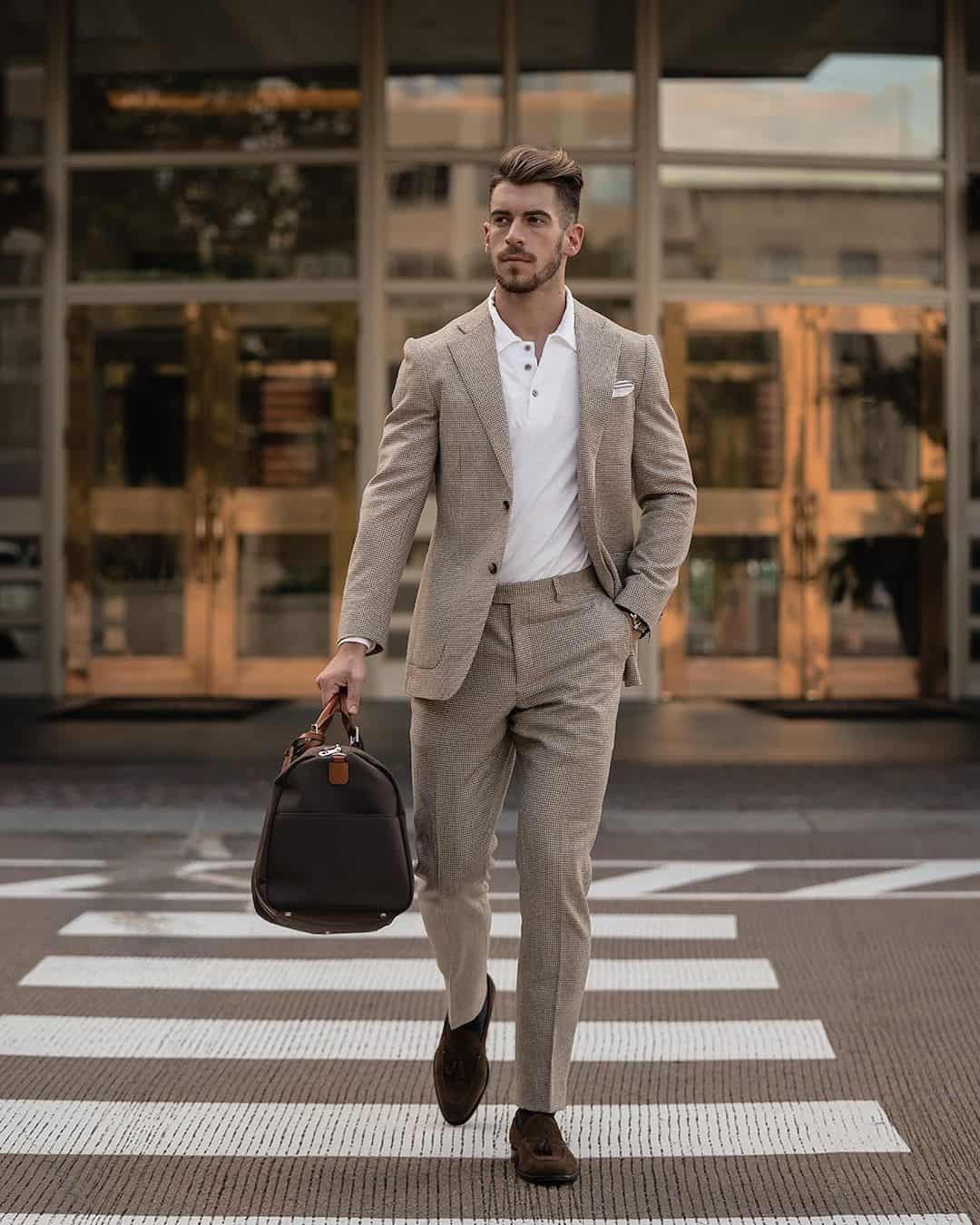
Just like the blazers, which thank goodness improved in shape, so did the trousers. They are no longer made with that boxy shape that don’t flatter any body shape, they are more slim fitted and look a lot more stylish. The casual chino made from cotton is a great option, again from the same color palette as the blazer.
Here you can go with darker hues of grey, navy or black. Even khaki is acceptable, as long as it matches the blazer/shirt combination. When in doubt, stick to the colors we mentioned and you’ll be fine. Here is a no-no to bright colors/hues or patterns, even for the more adventurous type.
The Business Casual Shoe
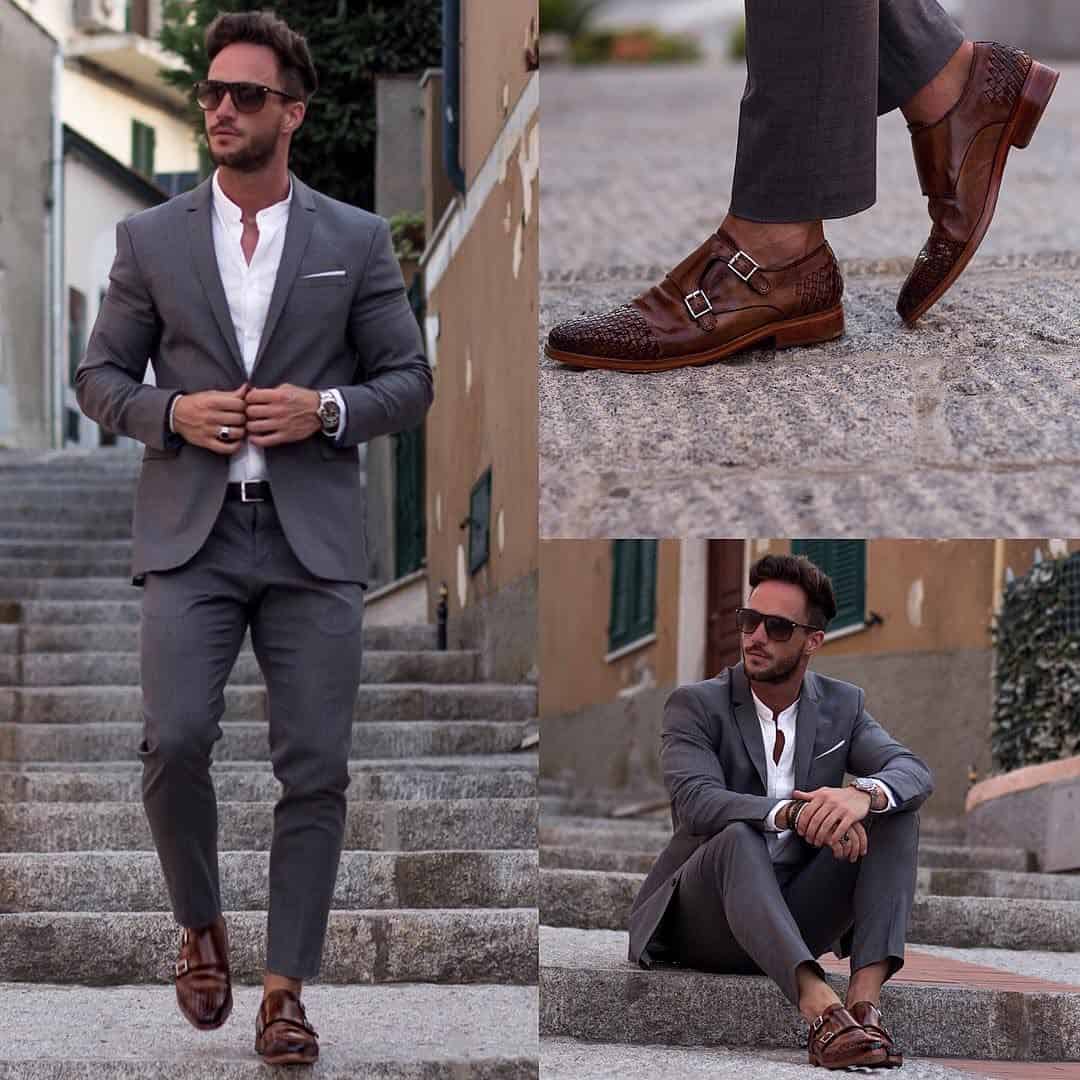
Opt for a great quality shoe in natural leather such as oxfords, loafers or monk-straps and you’re all set. The greater quality of the shoe the more comfortable you will feel as well. It’s not just women that can pick the wrong shoes and suffer until they are broken in! Some of the best work appropriate colors are black, dark red/burgundy or brown/tan.
Some companies will allow you to wear the leather tennis shoe such as Lacoste or anything similar as long as it’s clean-cut, but you really should check the dress code at your company before making that purchase. Not all businesses are quite there yet, so better safe than sorry!
Accessories

Not just for the business casual look but any type of work environment, there are basically two accessories for men which are acceptable yet allow you to show your personality: A great watch and a nice professional leather bag. Some men still prefer to wear ties, but they are really not that popular anymore, and definitely not expected.
The watch is more work-appropriate if it comes with a leather strap, but a metal watch is fine as long as it’s not too bulky or too flashy.
Last but not least,professional men carry leather bags for their files, laptops, etc, but again, and I can’t stress enough: great quality leather in any dark color is the way to go. Stick to that rule and you’ll always look professional.
This sums up the Business Casual Dress code, so hopefully you got some clarity if you were not too sure what it entailed.

